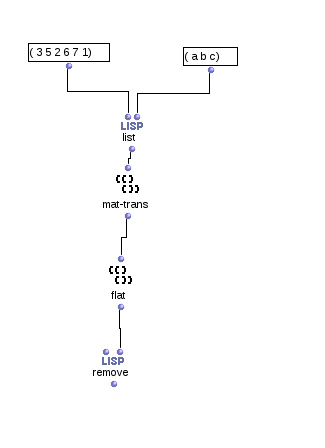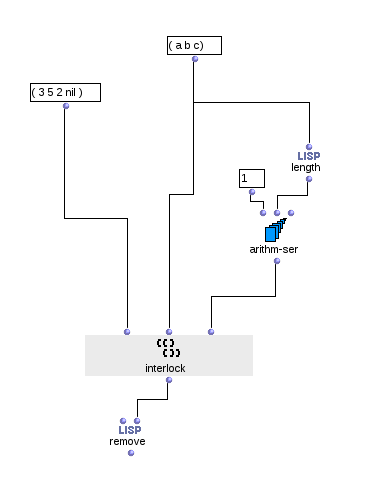very new in using OM I need a function which connects two lists like that
(1 2 3 4) (1.1 2.1 3.1 4.2) ------> (1 1.1 2 2.1 3 3.1 4 4.2) maybe someone may help 
(till now found nothing like that in the documentary… but maybe I didn’t saw its so much information there… )
Thanks …
Best,
Lena



